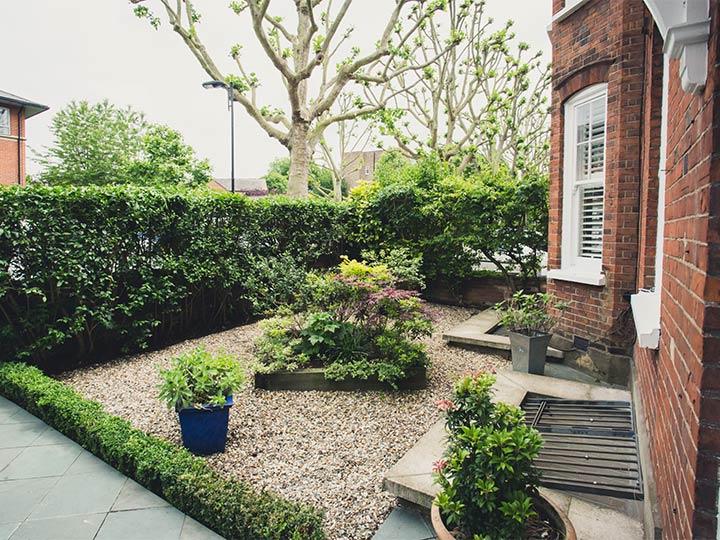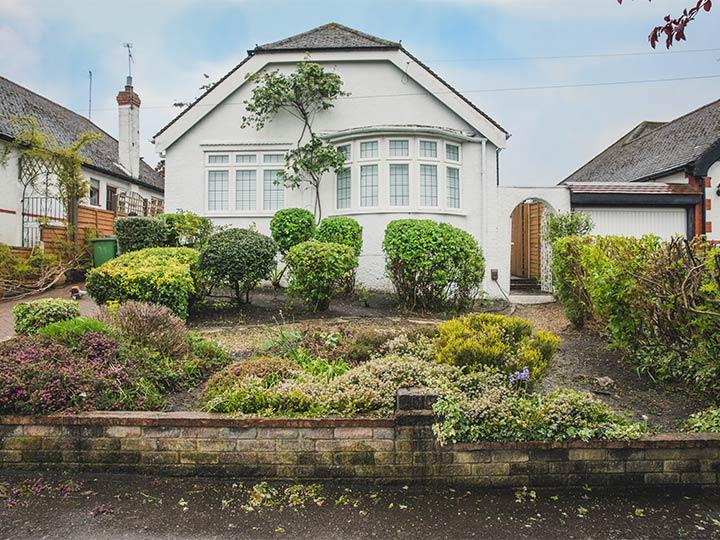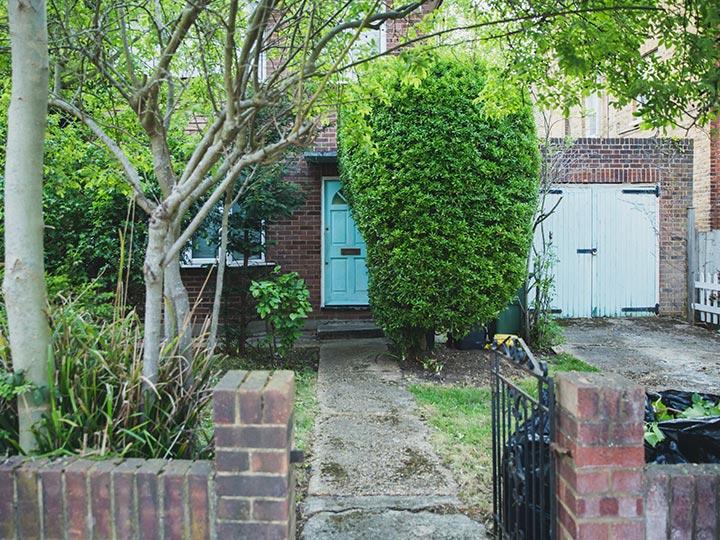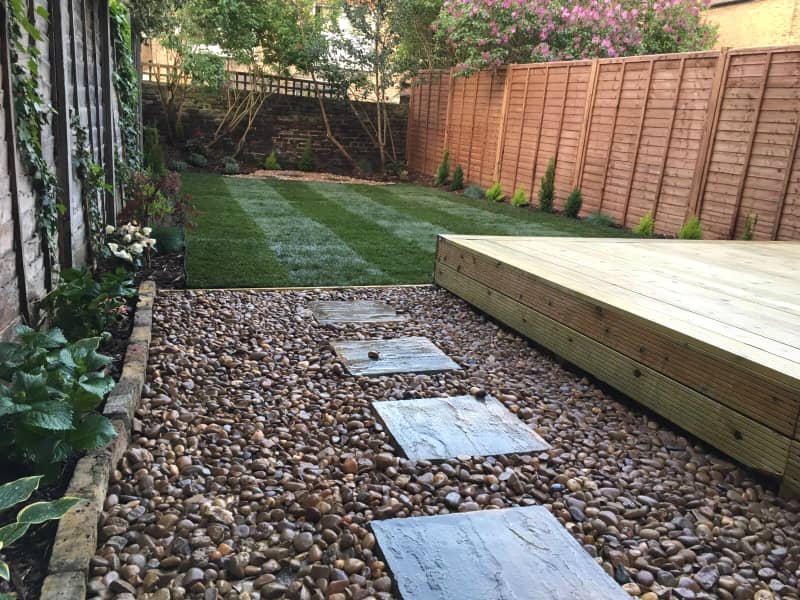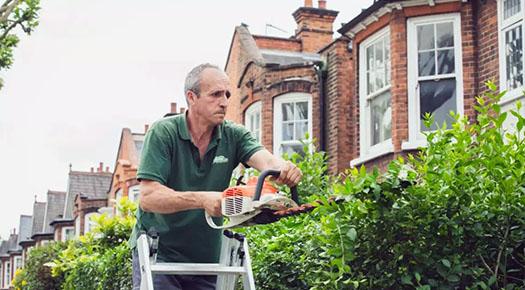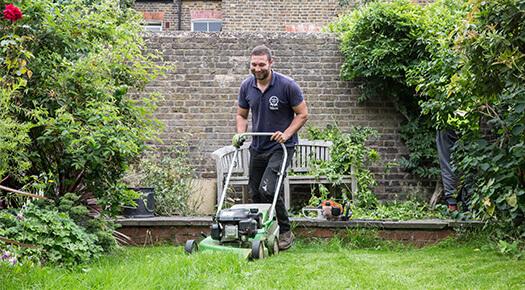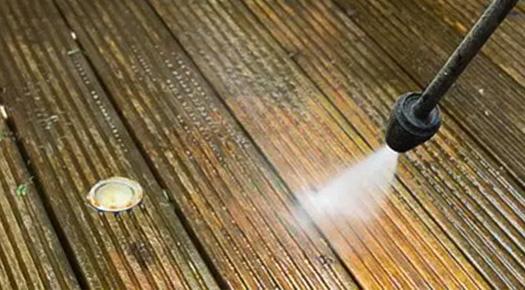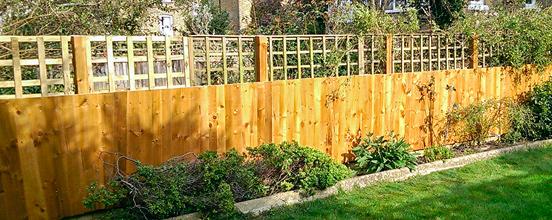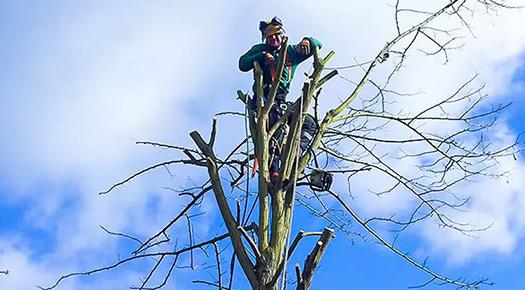Professional hedge trimming and pruning in London
- Book this service to develop or maintain formal or informal hedges
- Price includes 2 gardeners for speed and efficiency
- All equipment required to complete the work is supplied
- Cost is inclusive of up to one black bin bag of green waste disposal

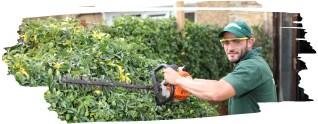
Hedge trimming in London for all types of hedges
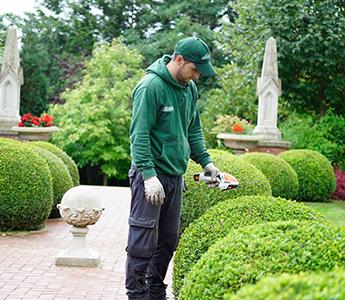
All hedges need regular care to keep them lush and healthy. Formative hedge pruning, required in the first two or three years after planting focuses on stimulating healthy, balanced growth. Maintenance hedge trimming for established hedges prevents them from getting too big and ensures that they have an attractive shape. Hedge trimming services in London are offered for all types of hedges, including the following:
Beech - Formative pruning of beech hedges is generally required in early and late summer. Mature beech hedges are cut back in winter if required.
Privet - Young privet hedges benefit from regular trimming through spring and summer to encourage branching at the base and root development.
Boxwood (Buxus) - Needs formative pruning at least twice a year, generally in June and then either August or September.
Laurel - Requires formative pruning in July or August. Avoid late pruning as tender shoots can be damaged by harsh winter weather.
Cypress hedges - Leylandi needs trimming up to three times a year. It's important not to cut into bare wood as the leaves won't regrow.
Evergreen hedges - Most evergreen hedges are best trimmed in late autumn or early winter. Pruning times vary depending on the specific species.
Mixed hedgerows - Individual specimens within mixed hedgerows must be pruned or trimmed according to their specific requirements.
It's not necessary that your plants be lined up in a row in order for you to take advantage of professional hedge pruning or hedge trimming services in London. Book experienced gardeners for individual bush or shrub trimming and pruning too. Get back the good look of your garden with expert garden maintenance services near you!
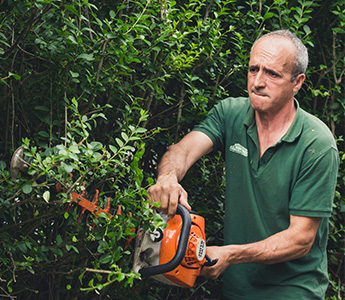
What happens when you book professional hedge trimming in London

Before booking hedge trimming or pruning we do ask that you check for bird nests in the hedges you require work on. Your local gardeners will double-check before starting work. If there are active nests you can rebook your service for a later date when the chicks have fledged.
Your gardeners need a parking place close to your property as they bring various pieces of heavy or bulky equipment to complete their work. If the team can gain access to your garden without coming through the house you can request a totally contactless service.
Hedges are pruned or trimmed according to your requested size and shape, with care taken to ensure that any dead, diseased or dangerous branches are removed. All the trimmed material is swept and bagged. The removal of up to 180 lt of green material is included in the cost of your service, if you need more waste taken away a small extra charge will apply.
Regardless of whether you've requested pruning for hedges or for individual bushes or shrubs, the service is completed in much the same way. All plants of less than 4 metres high can be pruned. Specimens taller than this will require the attention of our tree surgery team.
Garden maintenance specialists near you:
Frequently asked questions

Have a specific gardening or plant-related question?
If so, click on “Ask now”, submit your question, attach the appropriate images and press send. Your question will be forwarded to one of our Fantastic Gardeners who will get back to you with an answer ASAP.
